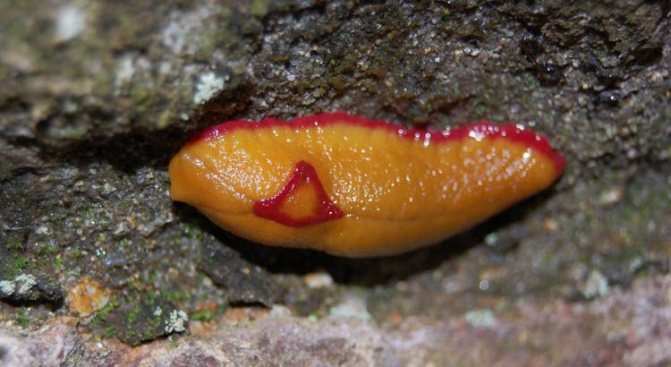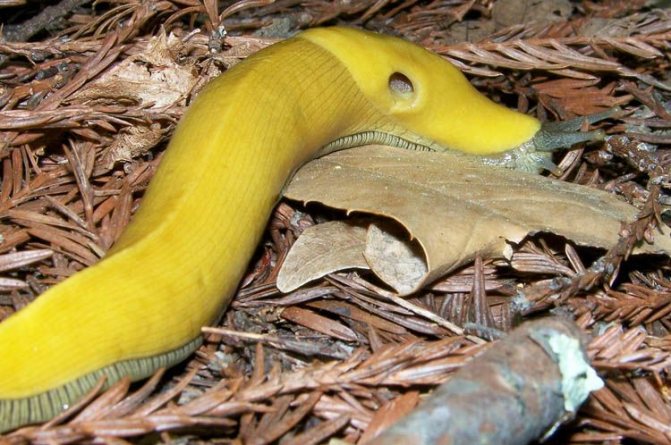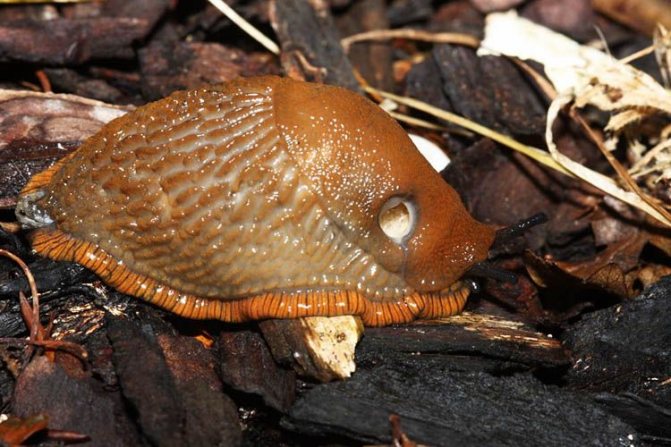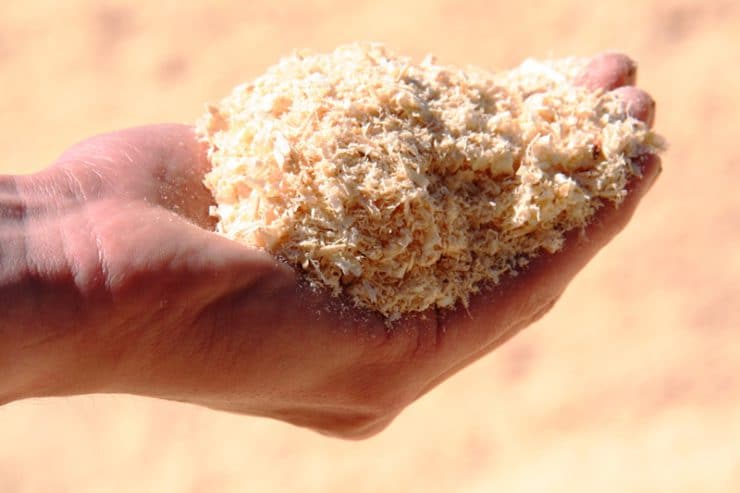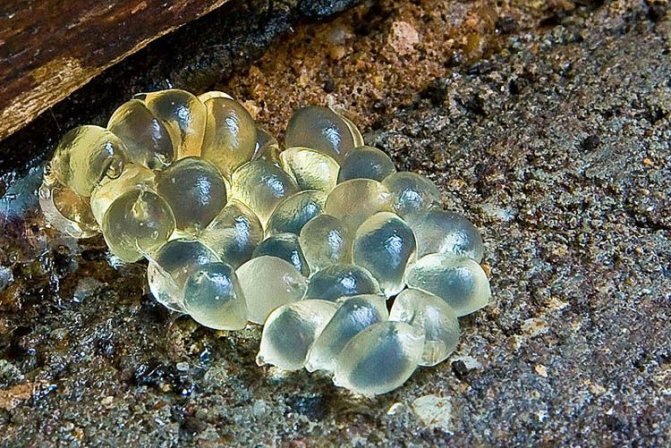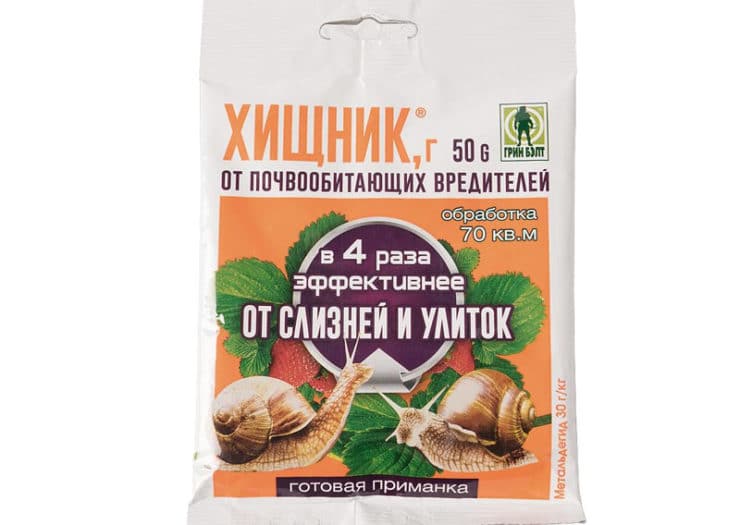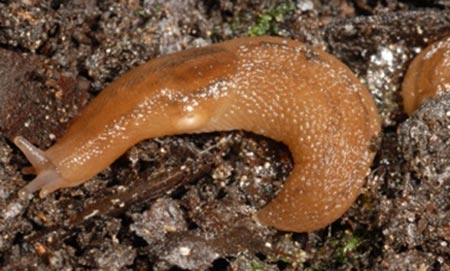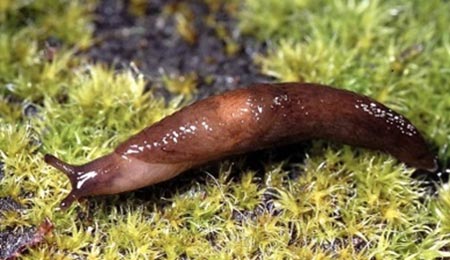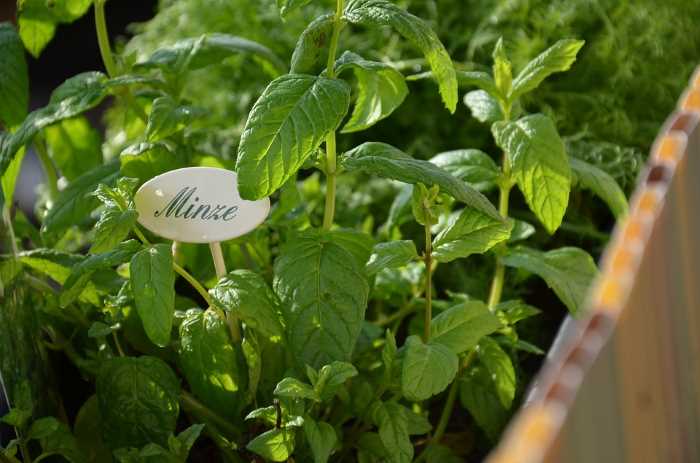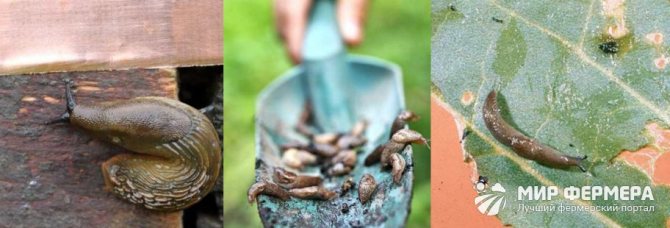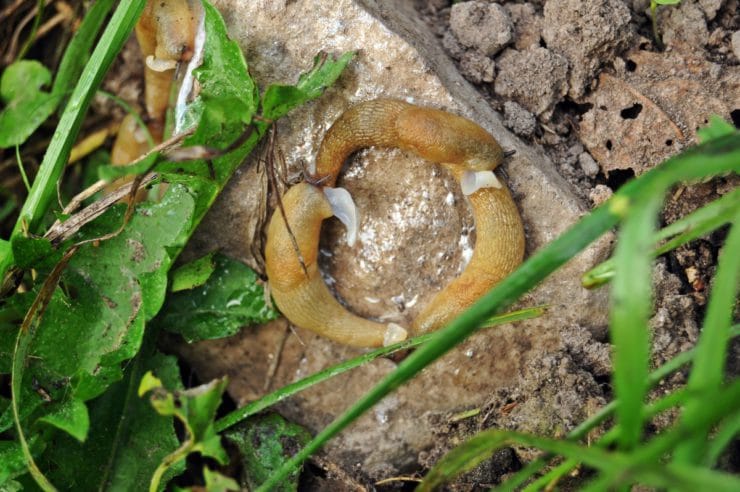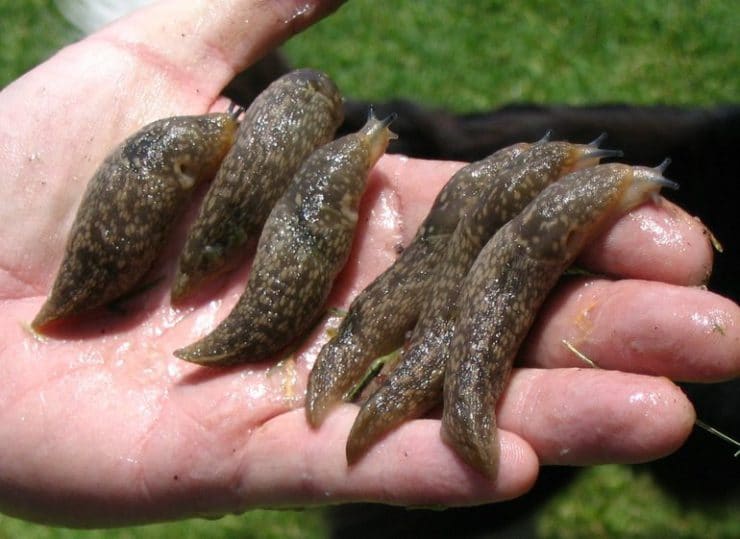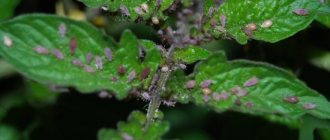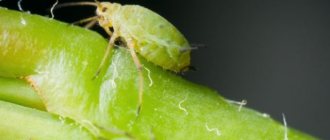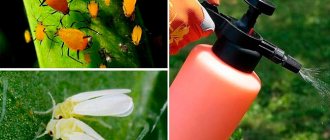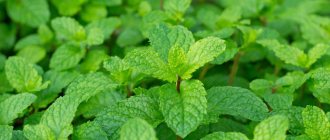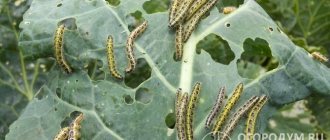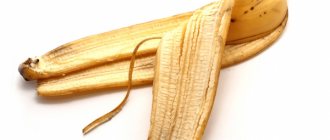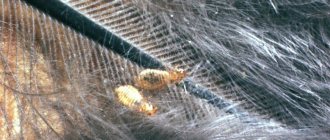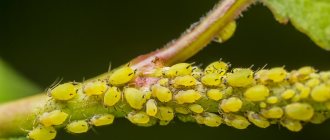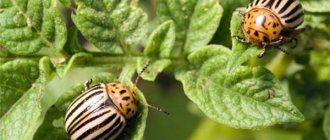Many gardeners and gardeners at least once in their lives have come across such gluttonous plant pests as slugs. Slugs are capable of destroying the entire crop. Most of all, they like to profit from young plants with soft leaves. Gastropods live not only on the street, but also at home. The fight against slugs should begin immediately after they are found, before there are too many of them.
Chemical control agents
You can independently fight slugs by various methods, the most common today is the use of various chemicals, but they must be used extremely carefully so as not to harm yourself or destroy the plants themselves along with the mollusks.
The most requested options are:
Metaldehyde 5%, produced in granular form, is the most common chemical used in pest control. This tool is usually poured along the borders of the summer cottage, as well as in the found places of accumulation or permanent habitation of slugs, the standard dosage that is used by specialists when processing large agricultural areas is about 300-400 metaldehyde granules for every 100m2. At the same time, you need to know that it is strictly forbidden to process various green crops with this tool, for example, onions and dill, and also use it less than a month before harvesting.
Soil treatment with copper sulfate, which must first be mixed with sand or limestone. Pests will not pass through such an obstacle, since direct contact with such a composition is mortal for them. Also, near the flower beds or beds, you can stretch thick ropes along the ground, which must be wetted with a solution of copper sulfate before that.

Spraying plants by any means, among the main components of which is copper, the most famous drug of this type is Oxyhom. This will give the leaves of the plant bluish copper stains, this substance is not fatal to slugs, but they will not eat such food either. The main advantage is the fact that the copper solution will remain on the foliage for a long time and even rain cannot wash it off.


The Zubr chemical agent has been specially developed to combat slugs and snails. It is able to protect plants from the invasion of these pests for a long time: the manufacturer gives a warranty period of three months, while the drug cannot be washed off even with water.
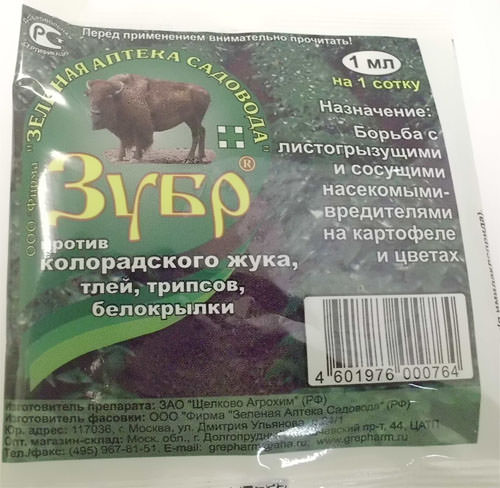

Sprinkle soil with superphosphate or hydrated lime. It is necessary to carry out the procedure twice in one approach for several days. Repetition of the sprinkling of the soil is required for the reason that after the first contact with the mixture, the mollusk will begin to actively release protective mucus, which will prevent it from dying. However, when this process is repeated, he will no longer have mucus, which he can secrete as a result of this, the pest will begin to turn black and will soon die. This technique is very effective and can completely rid the garden of all shellfish in just 2-3 days.
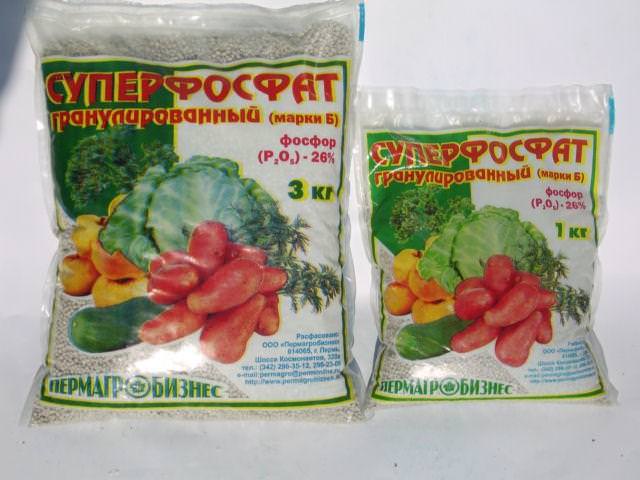

Description of the pest
As a child, we sang this song, not even knowing how much trouble this funny creation of nature can bring. Snails are voracious gastropods that, appearing in large numbers on the site, cause tremendous damage to plants.
Types of slugs
The following gastropod pests are distinguished:
- slugs - molluscs that have lost their shell in the course of evolution;
- semi-slugs - have a rudimentary shell;
- snails are gastropods with a shell.
| Snails with a shell | |
| 1 grape snail (Helix pomatia) | 4 bush snail (Bradybaena fruticum) |
| 2.Spotted garden snail (Cepaea hortensis) | 5 wood snail (Arianta arbustorum) |
| 3 forest snail (Cepaea nemoralis) | 6 common hairy (Trichia hispida) |
| Slugs | |
| Arion |
|
| Wood slug (Lehmannia) |
|
| Deroceras |
|
Basic information about garden slugs:
- mollusks scrape off the soft tissue of leaves, and also gnaw large holes in them;
- in places where plants are eaten, they leave a characteristic dried mucus;
- pests - both individuals with a shell and without;
- snails live up to several years, but it is slugs without a shell that inflict the greatest damage.
Pests live for 1-2 years, but very intensively, starting from the end of July, slugs reproduce, lasting 1.5-2.5 months. Reproduction is interrupted only by a sharp drop in temperature below 5 ° C. This species is characterized by the ability to self-fertilize. When slugs multiply too quickly, they can wreak havoc on plants.
Gastropod eggs are laid within 2-4 weeks after copulation in secluded corners of the garden:
- in a gap in the soil, cracks, near the ground or in the soil itself;
- under the stones;
- under the logs;
- in composts; In the meantime, there is no need to know about it. ”
- in other safe corners.
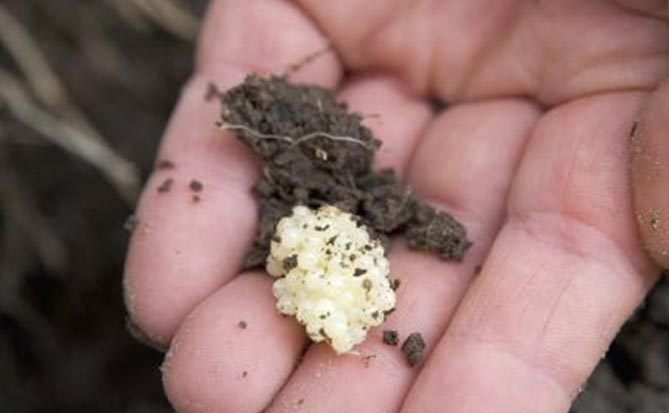

What do slugs eat?
Molluscs have thousands of tiny teeth on their tongues that crush food. Gluttons feed mainly at night, during the day - they hide from the sun in shelters between stones, branches, leaves, in the ground. Damaging plants, they cause great damage, spread diseases around the site.
Huge bulimia (gluttony) makes the slug one of the most dangerous pests of garden plants. They are omnivorous, eat:
- seeds;
- bulbs and tubers;
- berries (raspberries, strawberries, strawberries);
- shoots and leaves;
- vegetables (white cabbage, Chinese cabbage, lettuce, beets, carrot leaves);
- flowers (marigolds, Chinese asters, zinnias, dahlias, lilies, nasturtiums, rudbeckia);
- fruits.
With the massive appearance of snails in the garden and favorable weather conditions (heat and moisture), they can destroy entire beds and vegetable gardens. There is a saying among gardeners that "snails appear like mushrooms after rain."


The benefits of snails
These gastropods play an important role in the garden ecosystem. In addition to the negative consequences, they play many useful roles:
- eat rotting, dead plant remains;
- eating weed seeds;
- are food for many other garden animals - vole mice, hedgehogs, lizards, birds.
Gastropods are an important link in the food chain, so the decision to deal with slugs in the garden should only be made when the damage is severe.
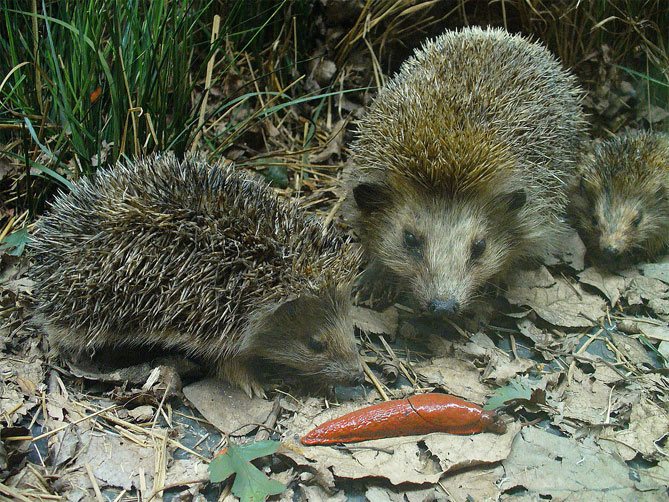

Mechanical methods of struggle
Some people fundamentally refuse to use chemicals because they do not want to take risks, fearing harm to themselves or the plants.
Mechanical methods of dealing with these pests are ideal for them:
- Install a plastic or metal stopper in the form of a funnel at the point of contact of the plant stem with the soil, which will become an insurmountable obstacle even for the largest slugs.
- Trap construction: connect two sheets of plywood about 18x18 cm and 15x15 cm in size using a pole, which should be located between us. Place damp rags and burdock leaves between the sheets, which will be a good bait for shellfish.They are most active at night, so it is necessary to install a trap on the site in the evening. By morning, a large number of mollusks will crawl into it, which will only have to be destroyed.
- Install plastic stops and gutters around the perimeter of each bed, it is necessary that they have the opportunity to fill with water. These small artificial ditches would be an ideal mechanical barrier that molluscs would not be able to overcome.
- Manual collection of observed pests. Slugs are quite sticky and not very pleasant to the touch, so tweezers and a container of some sort are best for this process.
General information about the mollusk
The mollusk has an elongated elongated body that can change its shape due to muscle contractions. Its body consists of three sections: head, legs, and visceral mass. The legs and trunk are separated by an annular groove. The head has tentacles on which the senses are located. Behind the head there is a mantle with a pulmonary opening leading into the mantle cavity, which, in fact, performs the function of the lung.
They are always covered in mucus. This is a protective reaction against drying out. The color can be varied. They are found in gray, brown, yellow and even black. May be spotted. Some types of slugs are bred in aquariums and are considered pets.
Garden plants against slugs
A more natural way to protect your garden from these pests is to ensure that it contains plants that the molluscs try to avoid whenever possible.
There are the following notes on this subject:
- Slugs are very afraid of nettles, so they will avoid all places where it grows. It is clear that it is difficult to afford to have thickets of this stinging grass in the middle of a vegetable garden or garden, but it can be dried and laid under various plants, which will not allow pests to approach them.
- Around the perimeter of the beds, you can plant a variety of herbs such as sage, parsley, mint, thyme or bay leaf. They have a scent that is disgusting to slugs, so their presence will not allow you to cross the designated border.
- You can use a mixture of mustard, grated garlic and hot pepper. From these ingredients, a tincture is prepared, which is poured over the ground, this will have a good deterrent effect for all types of shellfish.
Natural enemies
The natural enemies of slugs in nature are everyone who eats them, these include:
- Hedgehogs, which are nocturnal inhabitants of many summer cottages, different types of mollusks are a real delicacy for them. Additionally, you can attract them to your site, you can leave the food in the form of dog food or a plate of milk. You can also build warm shelters designed for wintering, this can attract hedgehogs for a long period.
- Moles, shrews and some other types of rodents. However, they themselves are pests in the garden, so the big question is who will cause the most damage, they or slugs.
- Various types of poultry. Of the wild species, the main enemies of molluscs are blackbirds, rooks, jackdaws and jays. However, raising poultry such as ducks or chickens can also greatly reduce the slug population. For wild birds, you can build feeders for the winter, most likely, they will continue to fly in the summer, but it is worth expecting that they will eat not only slugs, but also the fruits of many plants and trees.
- Lizards and some types of snakes but again, hardly anyone wants to breed them on their site.
- A number of amphibians, including toads, frogs, and salamanders. To draw their attention to your site, you can build a small reservoir, or at least an imitation of it, since this is their natural habitat.
Where do slugs come from, how do they appear in the garden, garden, house?
Rarely are these uninvited guests in any garden or vegetable garden. Where did they come from there? Gastropods that live in the wild and maintain the ecological balance of forest and field communities, willingly migrate to cultural plantations, using more than 150 of their species for food. Typically, pests enter the home garden with infected seedlings.
Favorable climatic factors, namely warm, wet spring and autumn, cool rainy summers, mild winters, contribute to the mass reproduction of slugs. In the garden and vegetable garden, they can be found under large leaves, in thickets, where it is humid and dark, compost pits.
Slugs can settle not only in the territory with plantations, but also in the courtyard of a private house under boards and stones, as well as in residential and non-residential premises (bathroom, cellar or basement). They can also be found in apartments on the ground floor. They move to their dwellings in search of coolness and moisture in dry summers and warmth in winter.
Folk remedies
Since the presence of slugs and the harm from them is already a long-standing problem known to people involved in the cultivation of various crops and plants, a number of folk remedies have been developed to combat these pests:
- Shellfish are attracted by beer and fruit aromas, so these drinks can be processed with burlap or any other material, and then spread it out in the evening in the garden. By morning, a significant number of individuals should creep into the smell, which will only have to be destroyed.
- Salt and soap are two things that all types of shellfish cannot tolerate. You can dig small holes around the perimeter of the flower beds or beds to place containers filled with soapy water or salt water. From above, the dishes are covered with rags or burlap so as not to attract too much attention. Smells from solutions will scare away slugs, and if one of them crawls on wet matter, they will soon die.
- Any porous surfaces - this is a real problem for any shellfish, since it is inconvenient to move on them. Knowing their similar feature, you can complicate the life of pests by scattering eggshells, fragments from shells, sharp pebbles or small gravel over the beds. They will prefer not to move on such ground, which will reduce access to plants.
- Once a week, plants can be treated with a lemon solution, which will scare off all uninvited guests. For its preparation, about 25 grams are used. citric acid, which is diluted in 10 liters of ordinary water.
- Periodically water the aisles between the beds with ground coffee, which is pre-dissolved in water.
- Wood ash or tobacco ash is another effective deterrent. with which you can sprinkle the beds or the area around them.
Slug lifestyle
To successfully deal with these uninvited guests at home, in the garden or vegetable garden, it is not enough to know effective ways to deal with them. To get rid of crop eaters forever, one should understand how they reproduce, how long they live, what conditions are most optimal for their existence and reproduction, what they prefer to eat in their natural environment and in living quarters.
Reproduction, life cycle, lifespan
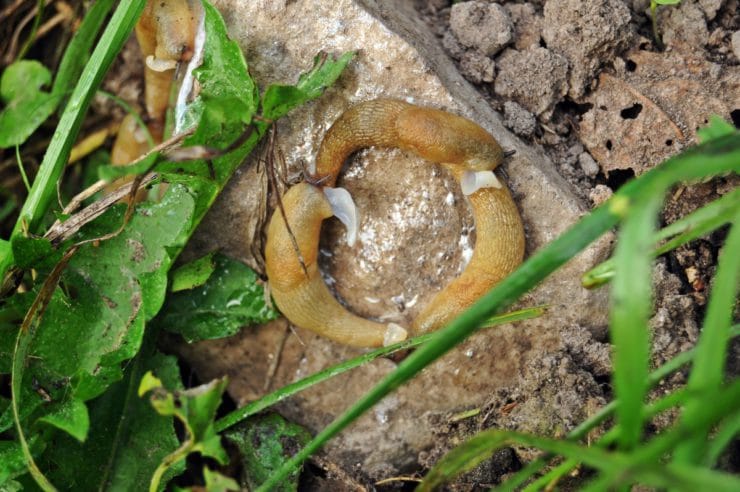

These pests are hermaphrodites, that is, they simultaneously have signs of both sexes. They require cross fertilization to reproduce. Usually the mollusk finds a partner for procreation by smell. After a short mating dance, sperm is exchanged, after which each of its participants lays 2-3 dozen eggs in the wet ground.
Small slugs hatch after 14–21 days. Juveniles first feed on soil organic debris. After 40–45 days, they grow up and begin to reproduce.After a single mating, eggs are laid for a month or longer. In one summer season, each individual is capable of laying about 5 hundred eggs.
Slugs that live in central Russia, after the last clutch, die in the fall. After the eggs overwinter at the beginning of summer, young individuals appear, which, after a month of active feeding, begin to reproduce.
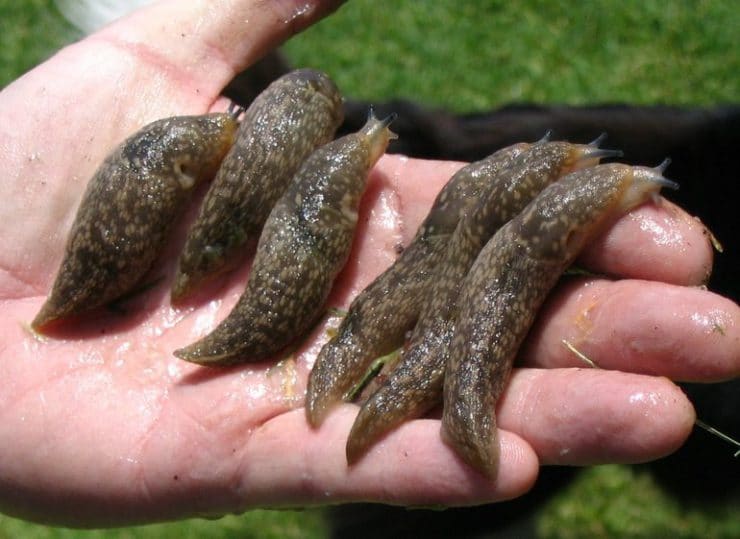

The development cycle depends on the weather conditions. Sometimes gastropods, not having time to lay eggs in the fall, hibernate in the ground and lay their eggs in the spring. Their average life span is 1-3 years.
Preventive measures
In order not to waste your time and effort on removing slugs from the site, it is recommended to carry out various preventive measures that minimize the risk of their appearance.
These measures include:
- Regular weeding of beds and flower beds, it is important not only to pull out weeds, but also to remove all residues and debris away from them.
- Periodic soil loosening, which will destroy potential habitats of slugs and prevent them from creating a new egg-laying.
- Attracting the attention of natural enemies of molluscs to your site in advance, which actually leaves no chance of their appearance.
Testimonials
Below are the views of summer residents about the various methods of dealing with slugs, which they have already tried on their sites:
- Nikolay: “I was choosing an agricultural tool for a summer residence in a store and unexpectedly came across a trap designed for snails and slugs. Previously, we designed these ourselves, but I met for the first time on sale and decided to buy it for the sake of experiment, since these pests appear in the garden every year. In shape, the trap resembles a glass with a special design, in which the bait is placed, such a miracle is called SlugTrap. With its help, you can really catch slugs, but it costs almost 300 rubles, I think that you can make an equally effective device with your own hands, but the experience is still interesting and positive, maybe someone will come in handy. "
- Evgeniya: “Previously, they never engaged in the extermination of slugs, because they simply did not exist. These pests appeared on the site after I planted ornamental cabbage, apparently, it attracts them very much. On the advice of my neighbors, I tried the "Thunderstorm" drug, it helped to get rid of not only slugs, but also many insects. Now I will keep it in reserve in case these guests decide to return. "
- Alexander: “This year strawberries and many other plants sprouted very poorly, young shoots are sick and gnawed, for a long time I could not understand who was doing this until I found a giant slug on the site. At first, on the advice of friends, I tried to collect them, water the beds with soapy water, set traps, but there was no particular effect. As a result, I went to extreme measures, used the Zubr drug, for a week now I have not seen a single slug in the garden. The manufacturer gives a guarantee for several months, I will see how true it is, but so far the result is completely satisfactory. "




